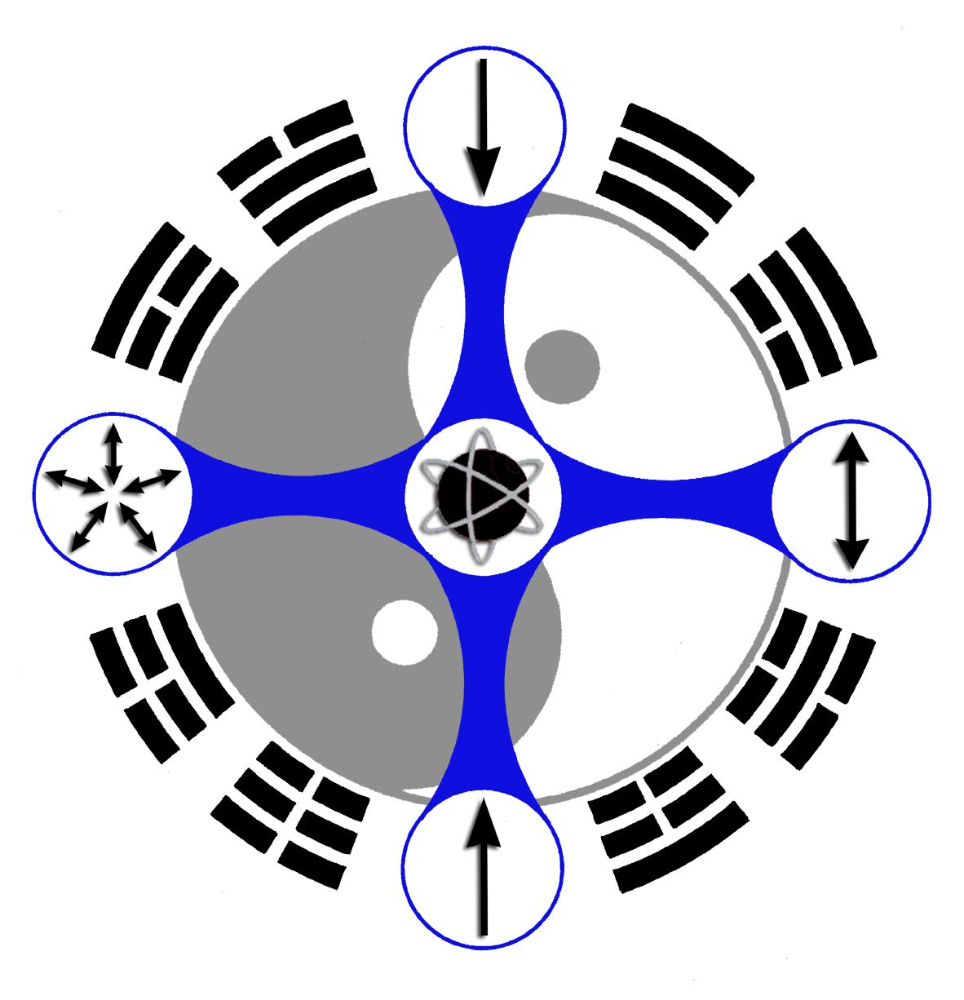An Exercise for Releasing the Nerves to Increase Relaxation
Jul 10, 2024 
By Paul Cavel
In a previous post I offered exercises for opening up the musculoskeletal frame in a coordinated fashion to create space in your body. As you begin to feel a sense of more space, you want to transition your focus from the muscles to the nerves.
In order to target nerve flow, you will have to back off quite a bit from all extensions and stretches. How far? Well, that is a very individual matter. Play with your range of motion, looking to stay well within a comfortable stretch in your soft tissues (muscles, tendons, ligaments and fascia) to avoid igniting any resistance in your nervous system. Keep in mind that the comfortable range for the body’s soft tissues is usually far greater than that of the nerves, so you will likely have to significantly reduce the size of your movements to target your nerves.
Step 1: Find the Sweet Spot
To find the sweet spot for your nerves, spend 10 minutes or so lying down on a comfortable surface while practising focused belly breathing.
Allow yourself to become as relaxed as possible.
Step 2: Focus on Your Eyes & Nerves
Once you find yourself in a very easy, relaxed state, slowly and gently stand up and practise the first move of a qigong set (such as the first move of Dragon and Tiger Qigong, Circling Hands or Cloud Hands), or Beginning Form (the first move of tai chi forms). Choose a movement you know very well, so you don’t have to think about the choreography too much for this exercise. I don’t recommend practising bagua as it can fire up the body’s systems more than you’re looking for in this exercise.
As you repeat the movement, focus on one or two points, both if possible:
-
Releasing your eyes – let all tension, all images stream out of your eyes.
-
Directly release and relax your nerves — all your nerves, all over your body.
The eyes and nerves are inextricably linked, so the eyes can serve as a doorway to the nerves — either exciting or helping to calm nerve signals — especially the optic nerve behind the eyes.
Repeat the qigong or tai chi move a number of times, maintaining as much internal content as you can without allowing your nerves to become excited or stressed. You don’t want to fire up your nervous system during any part of the movement. The idea is to let go.
If your eyes start to harden, or your nerves or muscles start to contract in any way, this is your body signaling that you’ve gone past your two-thirds comfortable range. You’ve got to consistently stay within your two-thirds effort to let your body know that you want to relax.
Once you feel you’ve practised enough repetitions while tuning into your nerves — without hitting any kind of internal resistance in body, mind or energy — take a break.
Step 3: Go BIG!
After a break, practise the same qigong or tai chi move again. However, this time return to your more typical, larger range of motion and degree of intent.
Notice what happens to your nervous system.
-
Does it harden or tighten to some degree?
-
Do your eyes become fixated or intense?
-
Do you find your breathing is restricted, intermittent or erratic?
Whatever the differences are, just make note of them. In the future you can use these indicators to determine the appropriate range of motion for practice that targets your soft tissues versus your nerves.
Step 4: Let Go
Next return to either a sitting- or lying-down position to release any tension you might feel in body/flesh, mind or qi from this stronger level of practice. It’s not usually a case of whether it happens, but rather when it happens.
Once you’ve let go to the degree possible for you in the moment, practise your qigong or tai chi movement again while staying well within the comfortable range for your nerves. Try to maintain as much internal content in your form as possible while incorporating what you have learned from the exercise.
You can run this experiment from time to time in order to find out if you are pushing your system or releasing your nerves. If you can let go during practice, you will watch as the tensions unfurl, and your body slowly drops open.
Join a course — online or in person — to learn how the Water Method can help you overcome physical, energetic, emotional and mental traumas, to become stronger and feel more alive!

